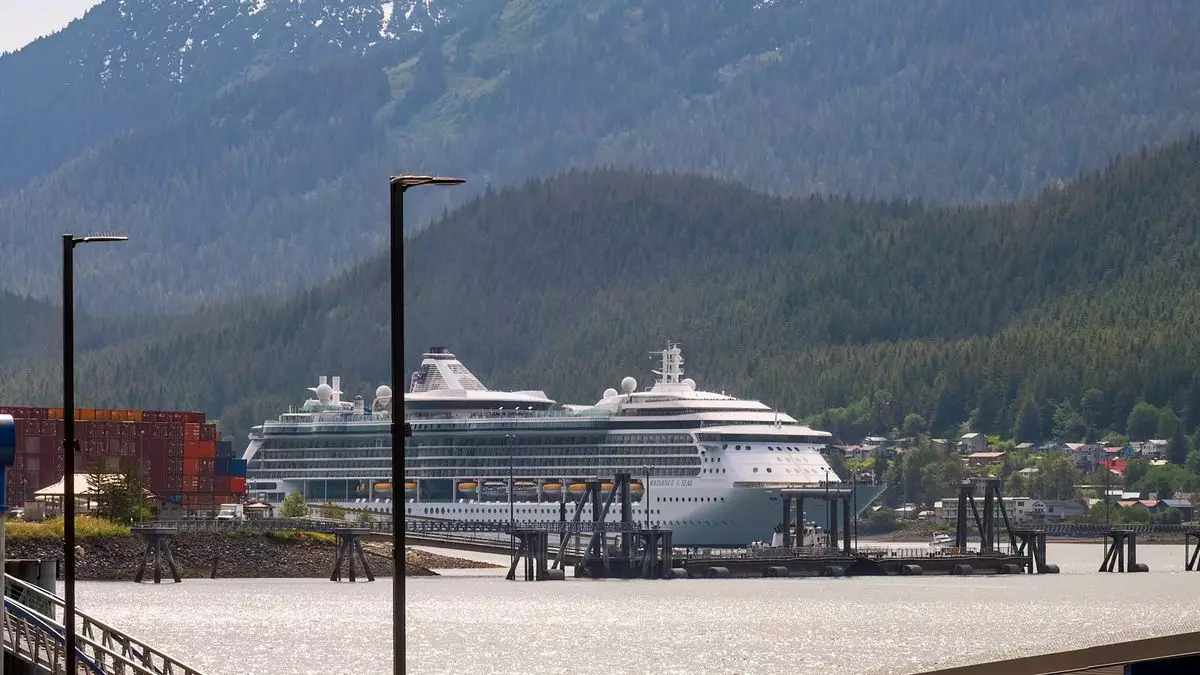The cruise industry in Alaska is entering a new chapter, especially with the announcement of restrictions by Juneau officials aimed at managing overtourism. Starting in 2026, a significant shift will occur, notably a five-ship limit on certain days and a cap on passenger berths that could restrict the influx of tourists to about 16,000 daily. This pivotal move is both a response to the increasing concerns about sustainability and an essential step towards safeguarding the local ecosystem and communities from the consequences of mass tourism.
One of the immediate questions that arises from these restrictions is what it means for cruise lines such as MSC Cruises and Virgin Voyages, which are relatively new to the Alaskan market. Traditionally dominated by a few key players, new entrants find themselves facing a more challenging landscape. The introduction of itineraries by MSC and Virgin, set for the start of the 2026 season, illustrates an effort to adapt to the new regulations creatively. MSC Cruises plans to deploy ships from Seattle, including stops in popular ports like Juneau and Ketchikan, while Virgin Voyages has outlined an array of unique itineraries that will expand their offerings in this sought-after region.
Despite the excitement surrounding these new players, the reality of the situation underscores a competitive market heavily influenced by established cruise companies. Robert Morgenstern, a senior executive from Carnival Corp., shed light on the dynamics at play. Without established berthing agreements, new entrants might find it nearly impossible to secure space in these coveted ports. The established dominance of existing lines, with their pre-existing arrangements, poses a potential barrier for newcomers, limiting opportunities for those wishing to make a mark in Alaskan waters.
Yet, amid these challenges, there remains an undeniable potential for growth within the constraints. Carnival’s Morgenstern noted that while there are caps in place, some days may still offer flexibility. This suggests that, at least for the time being, there could be opportunities for strategic scheduling and collaboration that might allow new and existing companies to coexist. Nevertheless, as other Alaskan port cities, such as Sitka, consider similar restrictions, the market may continue to tighten, further limiting the possibilities for expansion.
As Alaska prepares for what could be a transformative period in cruising, the delicate balance between preserving natural beauty and supporting local economies will be crucial. For those at the helm of cruise lines, both established and newcomers, navigating these new restrictions will require innovative thinking and strategic partnerships. The future of Alaskan cruising is not simply about accommodating more ships; it’s about finding a sustainable way to enhance the travel experience while protecting the landscapes and communities that make this region so extraordinary. The next few years will be critical in defining what Alaskan cruising looks like, and stakeholders must remain vigilant and proactive in addressing the challenges presented by these new regulatory frameworks.


Leave a Reply